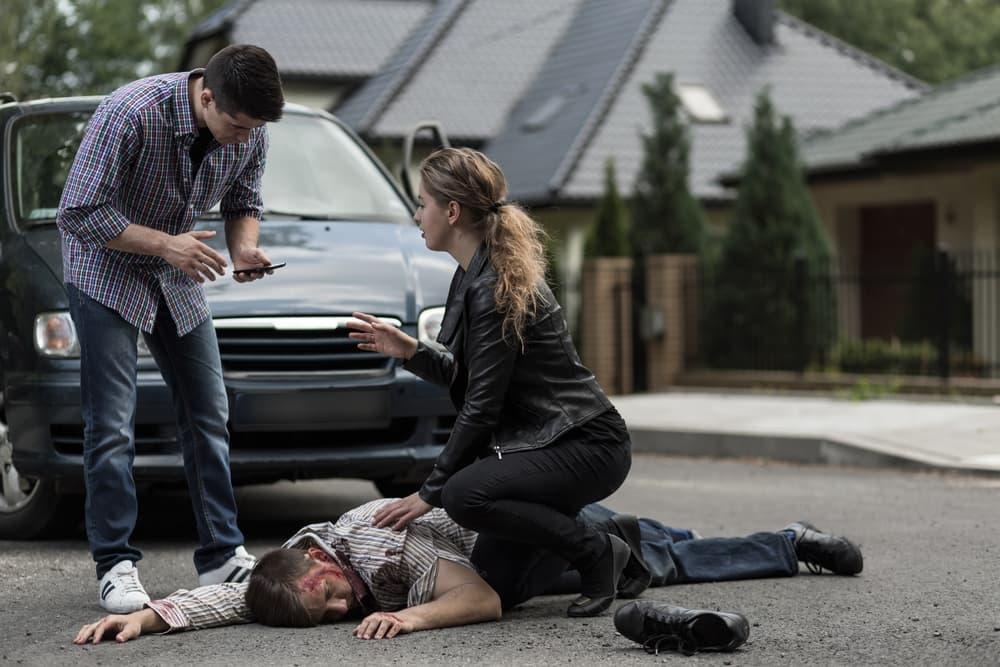Pedestrian accidents pose a serious public safety risk, often leading to severe injuries that profoundly affect a victim’s quality of life. Unlike drivers, pedestrians lack protective barriers, making them vulnerable to direct trauma that can result in life-altering physical, emotional, and financial impacts. Recognizing the types of injuries commonly sustained in these accidents and their potential long-term effects is essential in promoting awareness and advocating for improved safety measures.
Some injuries may heal over time, while others can lead to permanent changes that affect a person’s independence, ability to work, and enjoyment of daily activities. Highlighting common pedestrian injuries, such as fractures, traumatic brain injuries, and spinal damage, emphasizes the critical need for preventive safety strategies, prompt medical intervention, and support systems for accident survivors.
Common Fractures and Their Lasting Impact
Fractures are a frequent and serious outcome of pedestrian accidents, as the impact from a vehicle often results in broken bones. Here are some common types of fractures and their lasting impacts:
- Leg Fractures: Often caused by the direct force of a collision, leg fractures can lead to lengthy recovery times, possible surgeries, and an extended need for mobility aids like crutches.
- Hip Fractures: Particularly challenging to heal, hip fractures can result in reduced mobility and may necessitate both surgical intervention and physical therapy, impacting daily activities and independence.
- Wrist Fractures: These are common as pedestrians instinctively try to brace for impact. Wrist fractures can lead to limited hand movement, affecting tasks that require grip strength and dexterity.
- Chronic Pain and Limited Mobility: In severe cases, fractures may heal incorrectly or develop complications, causing persistent pain and restricted range of motion.
- Impact on Lifestyle and Employment: Long-term effects, such as reduced physical capabilities, can alter lifestyle choices and limit employment opportunities, especially in physically demanding roles.
Traumatic Brain Injuries and Cognitive Challenges
Traumatic brain injuries (TBIs) are another severe consequence of pedestrian accidents, often occurring when a pedestrian’s head strikes the ground or vehicle. These injuries can range from mild concussions to severe brain damage, potentially resulting in cognitive impairment, memory loss, and personality changes.
The long-term effects of TBIs are challenging, often requiring ongoing medical care and impacting daily functioning. For many individuals, the cognitive challenges following a TBI can make it difficult to return to work or perform routine tasks, creating a need for family support and long-term rehabilitation services.
Spinal Cord Injuries and Paralysis
Spinal cord injuries (SCIs) are some of the most devastating outcomes of pedestrian accidents, potentially resulting in partial or complete paralysis. Even when mobility is retained, damage to the spine can cause chronic pain, numbness, or muscle weakness, significantly impacting a person’s quality of life.
For individuals facing paralysis, the adjustment to life can be physically and emotionally taxing, often requiring assistive devices, home modifications, and personal care. Spinal cord injuries can also lead to secondary complications, such as respiratory or bladder issues, making comprehensive medical management essential.
Soft Tissue Injuries and Chronic Pain
Soft tissue injuries, including sprains, strains, and contusions, are frequent in pedestrian accidents. They often affect muscles, ligaments, and tendons. While these injuries might seem minor, they can lead to chronic pain if not properly treated, hindering daily activities and overall physical function.
For some, soft tissue injuries evolve into long-term pain conditions like chronic regional pain syndrome (CRPS), which can have a lasting impact on physical and emotional health. Effective treatment often requires pain management, physical therapy, and, in severe cases, surgical intervention to restore quality of life.
Psychological Effects and Trauma
The psychological toll of a pedestrian accident can be just as impactful as the physical injuries. Many accident survivors experience post-traumatic stress disorder (PTSD), anxiety, and depression, which can interfere with daily life, relationships, and mental health.
Therapy and support groups can aid in recovery, but the road to emotional healing is often long and complex. For many individuals, coping with the trauma of an accident is a gradual process that may involve various forms of counseling and psychological intervention.
Internal Injuries and Organ Damage
Pedestrian accidents often lead to internal injuries, including damage to organs such as the liver, lungs, and kidneys. These injuries may not be immediately visible but require urgent medical care to prevent life-threatening complications.
The long-term effects of internal injuries can vary depending on the extent of the damage and the treatment received. Some individuals may experience chronic health issues or a diminished ability to perform physical activities, necessitating lifestyle adjustments, and ongoing medical monitoring.
Emotional and Financial Consequences of Long-Term Injuries
In addition to physical and psychological impacts, pedestrian accident injuries often lead to substantial financial challenges. Medical bills, rehabilitation costs, and potential loss of income can place a significant burden on victims and their families, making financial recovery a daunting task. Seeking the guidance of a Littleton pedestrian accident lawyer can be instrumental in securing compensation to cover these expenses, ensuring victims have the resources they need for recovery.
Many victims face long-term financial strain, requiring access to insurance benefits or legal support to cover accident-related expenses. Addressing these financial challenges is essential for helping accident survivors rebuild their lives and achieve a stable future.
The journey toward healing after a pedestrian accident often involves a comprehensive network of medical professionals and support resources. Treatments like physical therapy, occupational therapy, and sometimes speech therapy play a crucial role in restoring functionality and adapting to any new physical limitations.
For most accident survivors, rehabilitation is a continuous process that demands patience, resilience, and a strong community of support. Gaining a deeper understanding of the recovery path and setting realistic expectations can empower victims and their families to manage this challenging phase with more ease and optimism.
Building Safer Streets: Collaborative Efforts for Accident Prevention
Preventing pedestrian accidents is a shared responsibility that requires action from individuals, communities, and local governments. Initiatives like safer crosswalk designs, enhanced street lighting, and awareness campaigns contribute significantly to reducing the incidence of pedestrian-related accidents.
Pedestrians, too, can play their part by staying alert, minimizing distractions, and using designated crossing points. When communities actively invest in safety improvements, they help decrease the frequency of these incidents and the accompanying physical and emotional toll on victims and their families.

